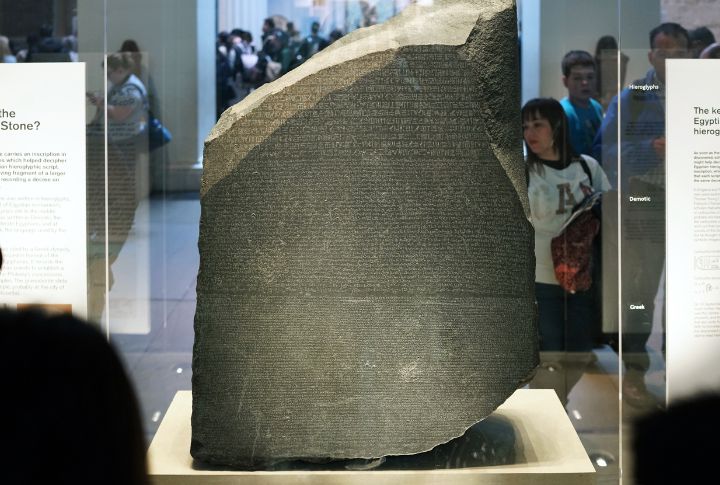
History is full of enigmas that continue to captivate our imagination. Archaeological finds, from cryptic manuscripts to monumental statues, show tantalizing glimpses into past civilizations. Here are 25 of the most mysterious discoveries that have left scientists and historians scratching their heads.
The Voynich Manuscript
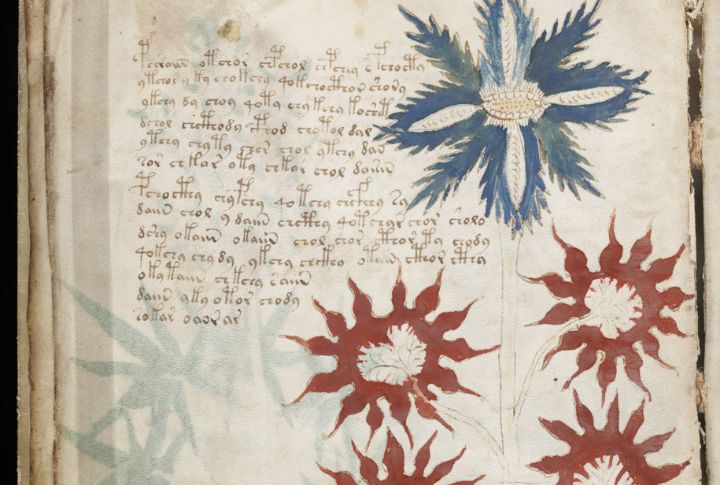
Found in a Northern Italian monastery, the Voynich Manuscript is an illustrated codex penned in an unknown script. Despite numerous attempts to decode it, the manuscript’s language and purpose remain a mystery. Some speculate it’s a medieval medical text; others think it’s an elaborate hoax. Its origins and content continue to intrigue cryptologists and historians alike.
The Sanxingdui Artifacts

Unearthed in China’s Sichuan province, the Sanxingdui Artifacts are a collection of bronze, jade, and gold items dating back over 3,000 years. The striking masks and statues suggest a highly sophisticated yet previously unknown civilization. These artifacts challenge our understanding of ancient Chinese culture and its technological advancements.
The Antikythera Mechanism
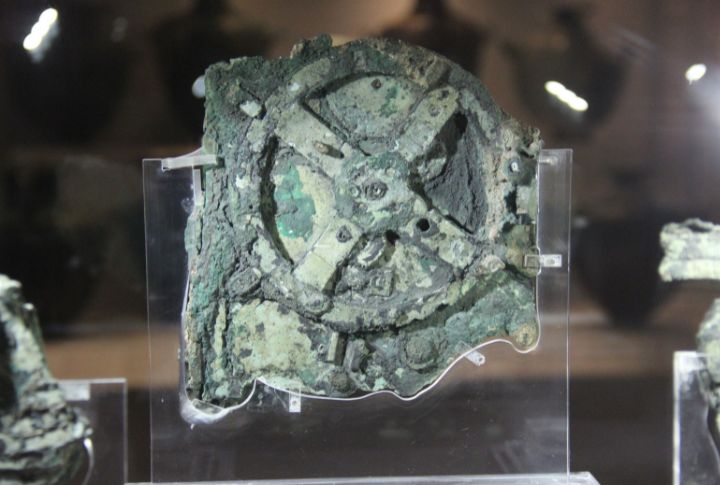
This ancient analog computer was recovered from a shipwreck off the coast of Greece. It exhibited advanced engineering skills, revealing astronomical positions and eclipses. The device’s complexity has astonished scientists, revealing refined engineering techniques long before such technology was thought possible.
The Nazca Lines
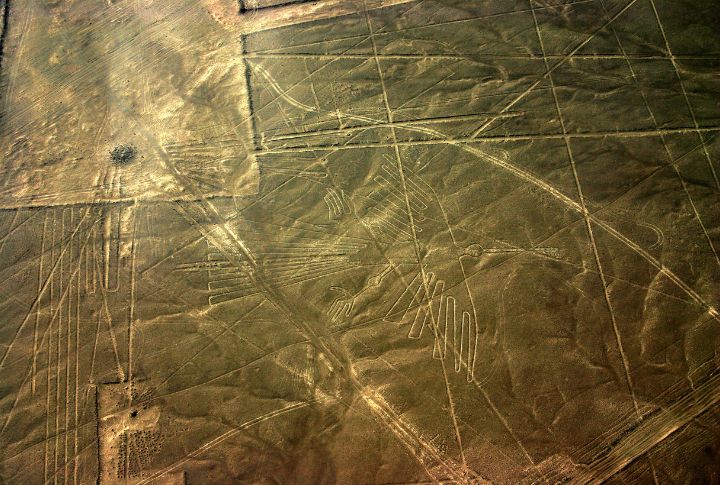
In Peru’s Nazca Desert, giant geoglyphs etched into the earth form intricate patterns and figures visible only from the air. The Nazca Lines’ purpose remains speculative, ranging from astronomical calendars to religious symbols. Their sheer scale and precision continue to mystify archaeologists and attract countless tourists.
The Copper Scroll
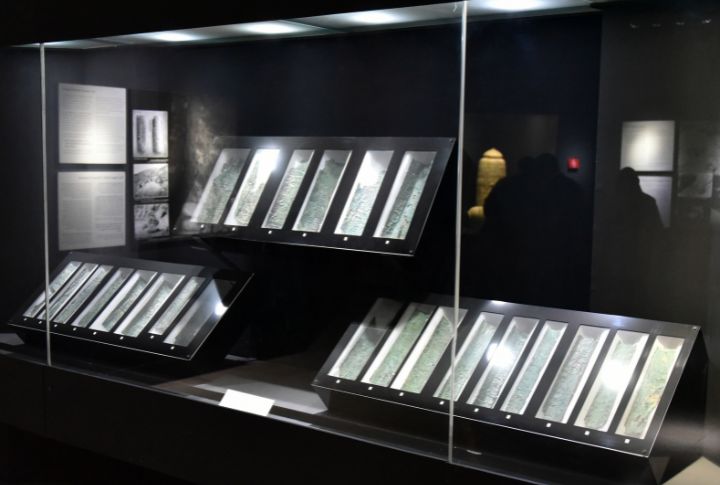
Discovered among the Dead Sea Scrolls in a cave near Qumran, the Copper Scroll lists vast amounts of buried treasure. Unlike the other scrolls, it’s made of copper, and its language is more direct and less spiritual. Whether it’s an actual treasure map or a work of fiction, its secrets remain undiscovered.
The Shigir Idol

The Shigir Idol, found in Russia, is the oldest wooden sculpture in the world, dating back over 11,000 years. Its intricate carvings and symbols suggest a deep spiritual or ceremonial significance. Despite extensive study, its purpose and the meaning of its markings remain elusive.
Saqsaywaman
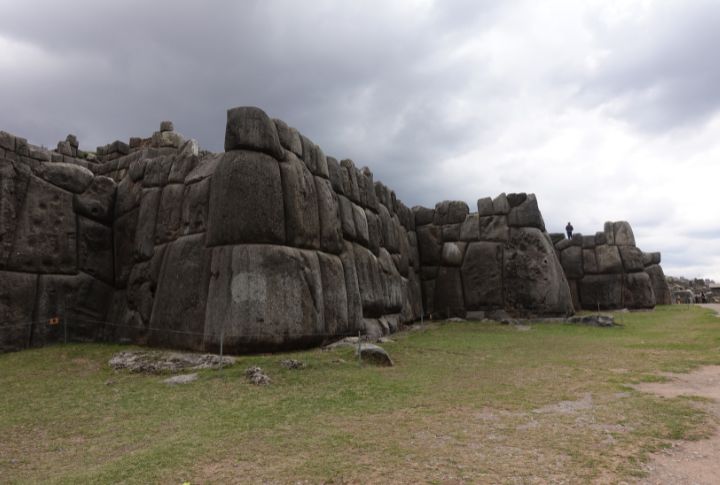
Fortress Saqsaywaman is located high above Cusco in Peru, with stone walls precisely cut and fitted. A blade of grass cannot fit between the stones due to the advanced construction technique. Engineers and historians are baffled by the Inca’s ability to build such structures without modern tools.
The Vinča Symbols

The Vinča Symbols, found on pottery fragments in Serbia, are some of the oldest known examples of writing, dating back to 6000 BCE. These symbols predate Sumerian cuneiform and Egyptian hieroglyphs. Their exact meaning and whether they constitute a true written language remain subjects of debate.
The Sumerian King List
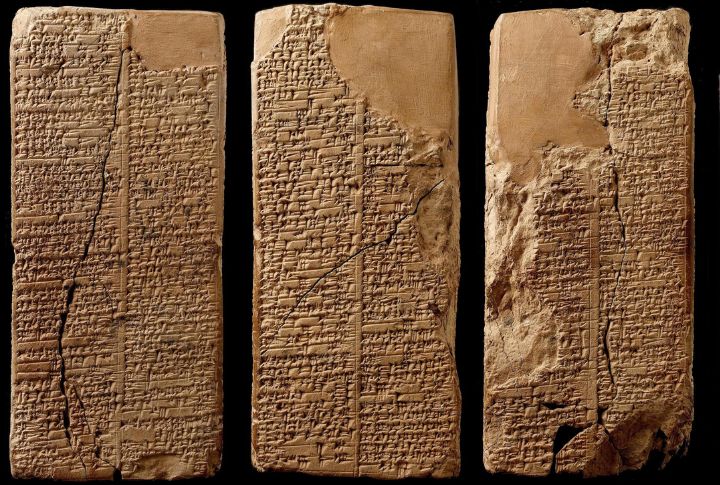
An ancient stone tablet from Mesopotamia, the Sumerian King List, records the reigns of kings spanning thousands of years. Some rulers listed have lifespans of hundreds of years, blending myth with history. The list’s blend of the fantastical and the historical puzzles scholars trying to decipher ancient Sumerian beliefs.
The Longyou Caves
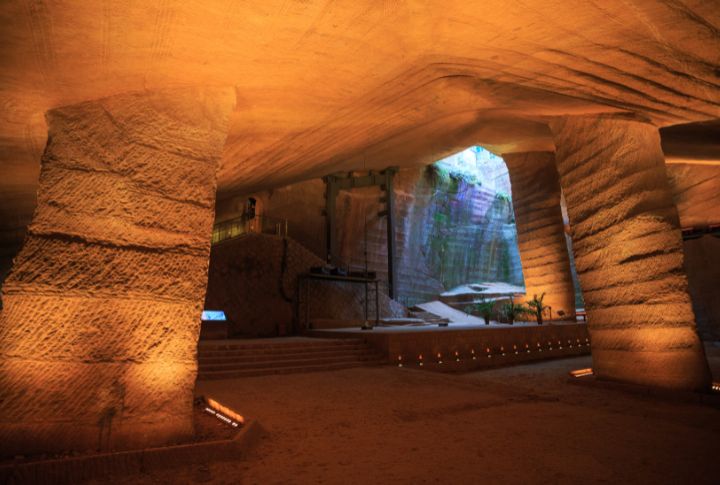
The Longyou Caves in China are a series of massive, hand-carved caverns dating back over 2,000 years. Their purpose and the methods used to excavate them without leaving debris are unknown. The scale and precision of these underground chambers continue to perplex archaeologists.
The Minoan Phaistos Disc
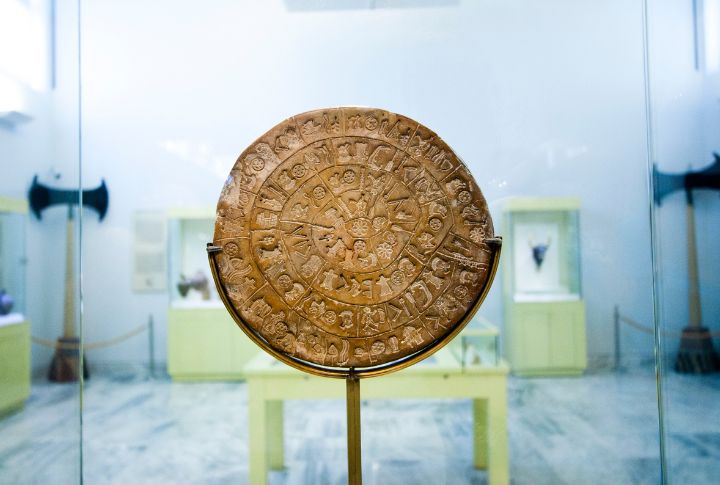
The Phaistos Disc, an ancient clay tablet with a spiral pattern of symbols, was discovered on the Greek island of Crete. Approximately 1700 BCE old, the disc is still largely unidentifiable, and its purpose remains unknown. The artifact may have been a religious object or an ancient game board.
The Tomb of the Red Queen
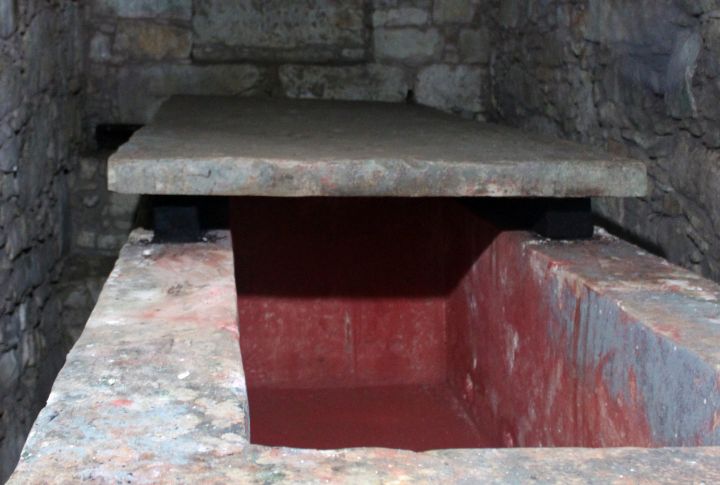
Deep within the ancient Mayan city of Palenque, archaeologists discovered the Tomb of the Red Queen, named for the cinnabar dust covering her remains. The identity of this regal figure remains a mystery, though her opulent burial suggests great importance. Her tomb raises questions about Mayan royalty and their burial practices.
The Sabu Disk
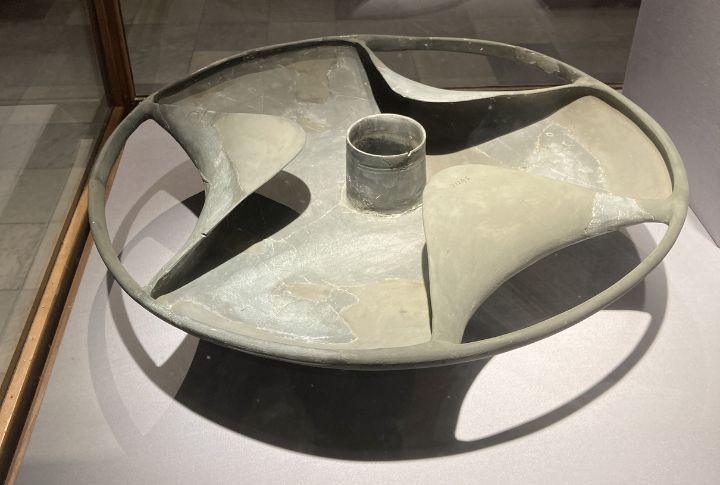
Unearthed in an Egyptian tomb, the Sabu Disk is a circular stone artifact dating back to around 3100 BCE. Its precise purpose is unknown; some theorize it was a ceremonial object, while others suggest a technological tool. Its unique design and unknown function continue to intrigue researchers.
The Piri Reis Map
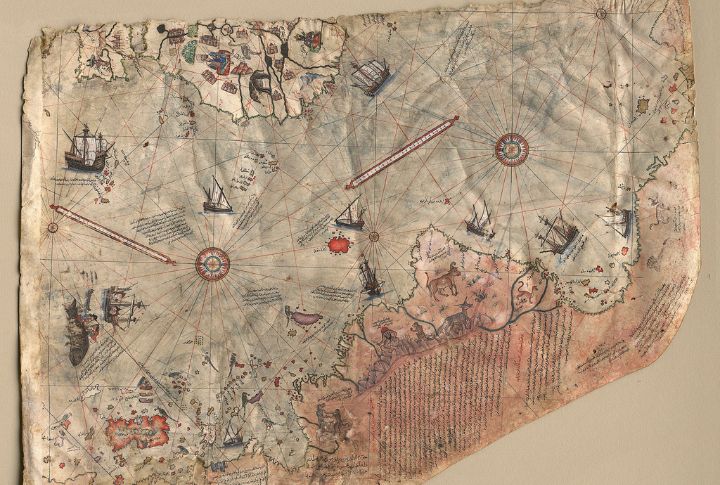
The Piri Reis Map, created by an Ottoman admiral in 1513, charts parts of Europe, Africa, and the Americas with astonishing accuracy. What’s more perplexing is its depiction of Antarctica, which was not officially discovered until 1820. The map’s origins and the sources of its information are still debated.
Rapa Nui’s Moai
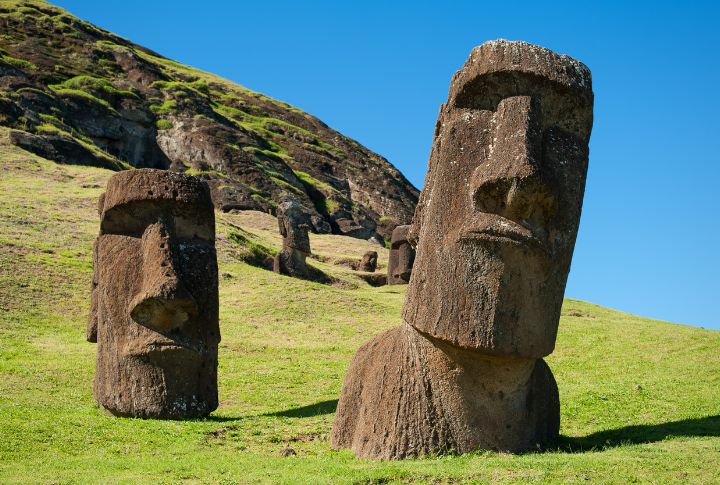
Moai, gigantic stone heads that dot the landscape of Easter Island, are known worldwide. The Rapa Nui people carved these statues between 1400 and 1650 CE. Their transportation and erection methods, as well as their purpose, remain a matter of speculation and wonder.
Göbekli Tepe

Göbekli Tepe in Turkey is a prehistoric site with massive stone pillars arranged in circles, dating back to 9600 BCE. This site predates Stonehenge, built several millennia ago and suggests a sophisticated society engaged in ritual practices. Its age and complexity challenge previous notions about the development of human civilization.
The Lycurgus Cup

The Lycurgus Cup, a Roman glass chalice from the 4th century CE, exhibits a fascinating color-changing property when lit from different angles. This phenomenon, known as dichroism, indicates an advanced understanding of nanotechnology. The exact methods used to create this effect remain a mystery.
Teotihuacan
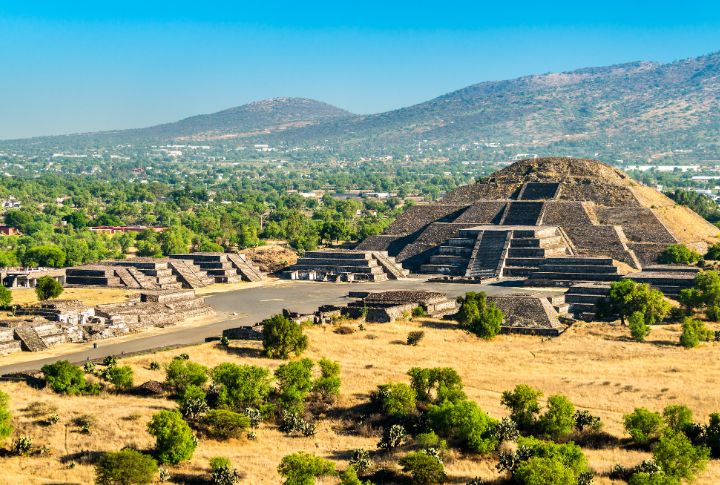
Teotihuacan, located near modern-day Mexico City, was a vast and influential Mesoamerican city. Its origins, builders, and the reasons for its sudden decline around 550 CE are unknown. The city’s pyramids and sophisticated urban planning continue to impress and mystify archaeologists.
Stonehenge
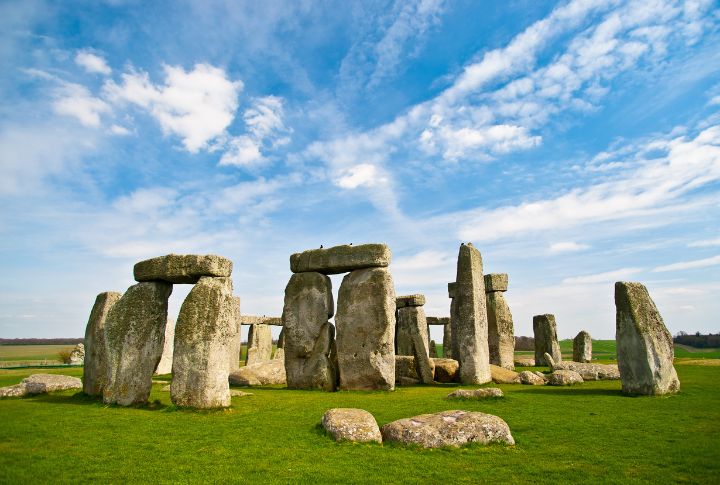
Stonehenge in England is a prehistoric monument composed of massive stone circles erected around 2500 BCE. Its purpose—whether astronomical, religious, or burial—remains unclear. Its construction and the transportation of its stones from distant quarries continue to baffle experts.
The Great Sphinx of Giza
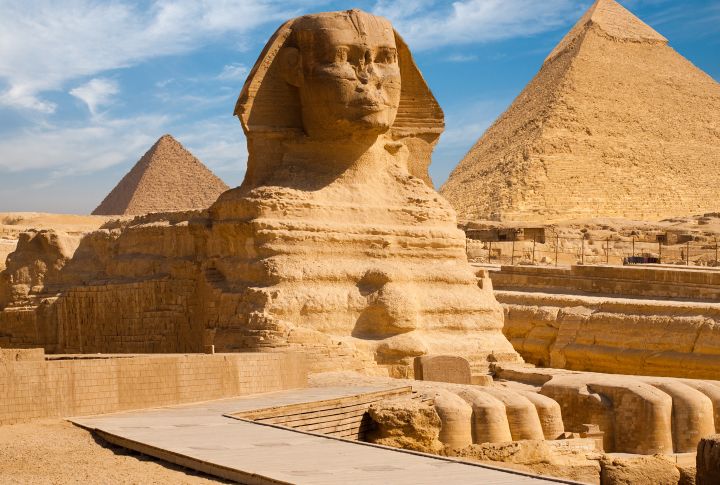
The Great Sphinx, a colossal limestone statue with a lion’s body and a pharaoh’s head, guards the Giza Plateau in Egypt. Its origins, including which pharaoh it represents and how it was constructed, are subjects of ongoing debate. Erosion patterns suggest it might be older than believed, adding to the mystery.
The Dead Sea Scrolls

These ancient manuscripts, dating from the 3rd century BCE to the first century CE, were discovered near the Dead Sea in the Qumran Caves. They preserve some of the earliest known copies of biblical texts. Despite their partial obscurity, they enhance biblical scholarship and historical inquiry.
The Terracotta Army
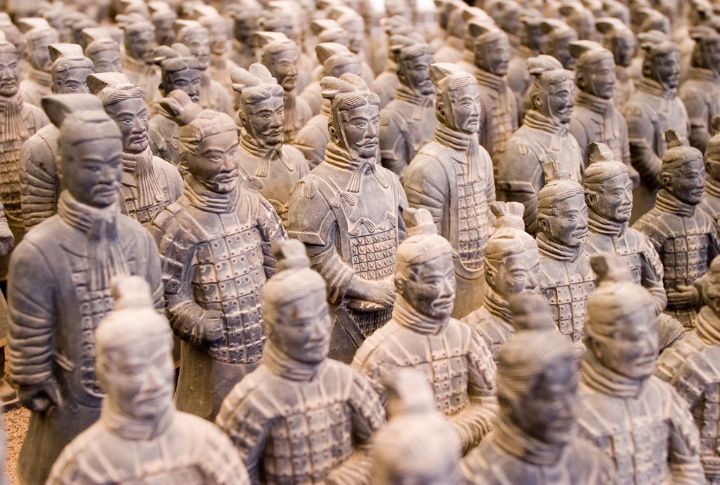
Thousands of life-sized clay soldiers, horses, and chariots safeguard the tomb of the first Emperor, Qin Shi Huang, in Xi’an, China. The Terracotta Army was discovered in 1974. The scale of the project and the detailed craftsmanship reflect the emperor’s ambition but also raise questions about ancient Chinese society.
The Baghdad Battery
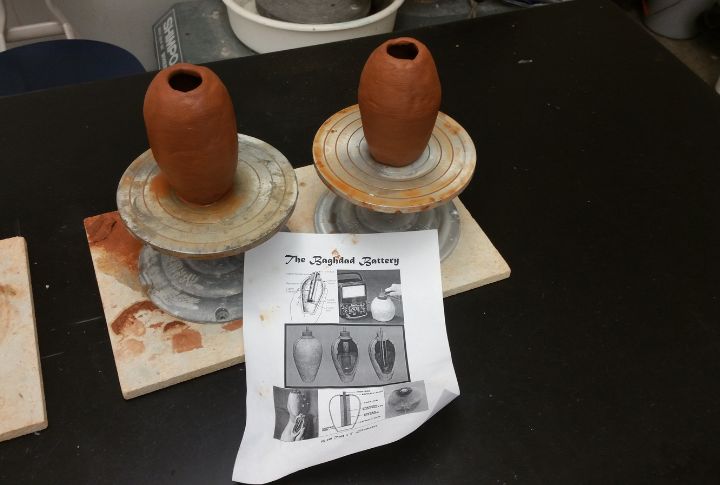
The Baghdad Battery, discovered near Baghdad, Iraq, is a set of terracotta jars that may have been used to produce electricity as early as 250 BCE. If true, this would indicate knowledge of electrochemical processes far earlier than previously thought. Whether it was indeed a battery or served another purpose is still debated.
The Rosetta Stone

The Rosetta Stone, discovered in Egypt in 1799, was the key to deciphering Egyptian hieroglyphs. Inscribed with the same Greek, Demotic, and hieroglyphs text, it allowed scholars to unlock the secrets of ancient Egyptian writing. Its discovery was a monumental breakthrough in understanding Egypt’s story.
The Olmec Colossal Heads
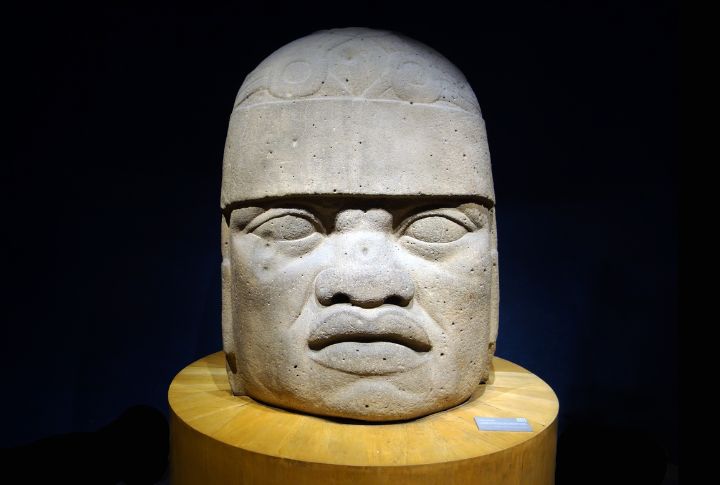
The Olmec Colossal Heads, found in Mexico, are massive stone sculptures dating back to at least 900 BCE. These heads were believed to represent Olmec rulers and showcase sophisticated artistry and craftsmanship. How they were carved and transported remains a mystery, as does much of Olmec culture.
